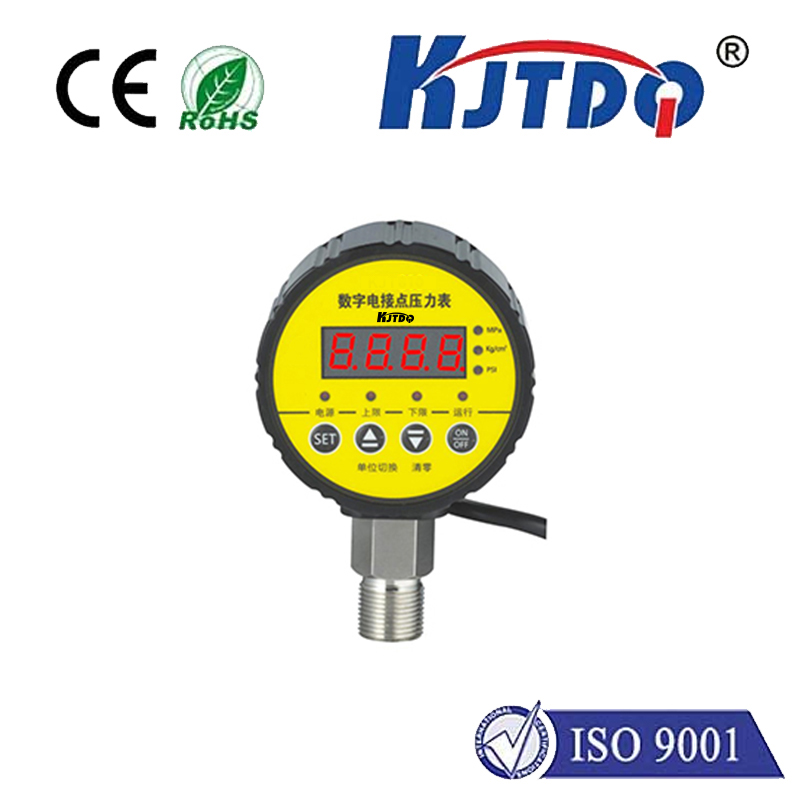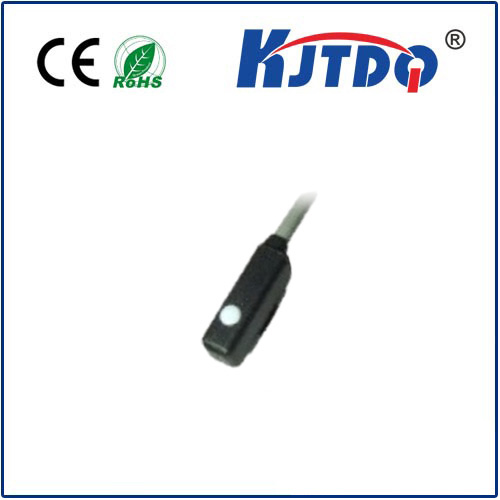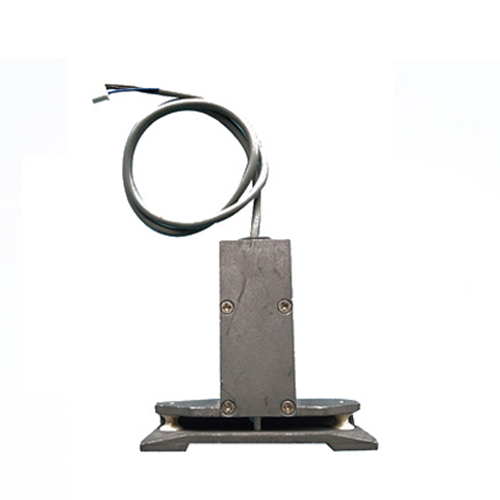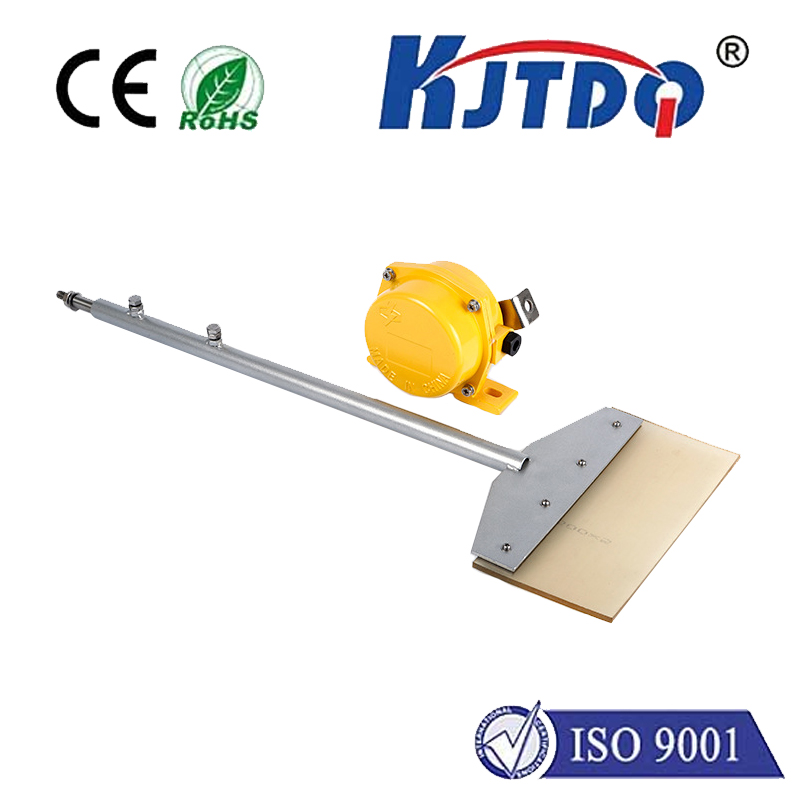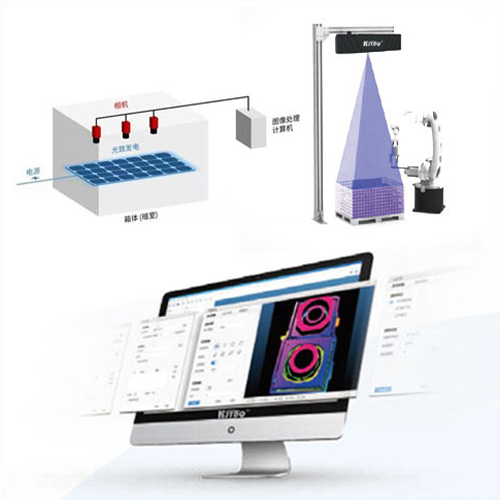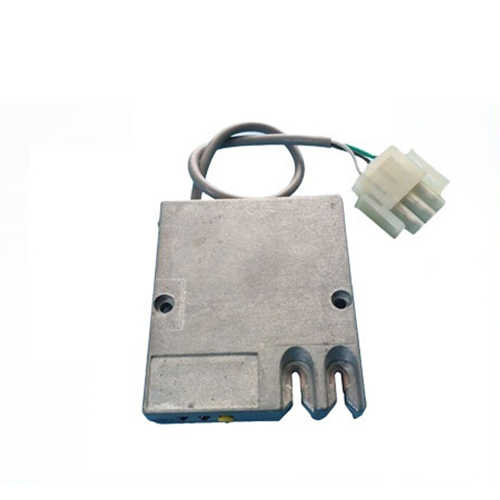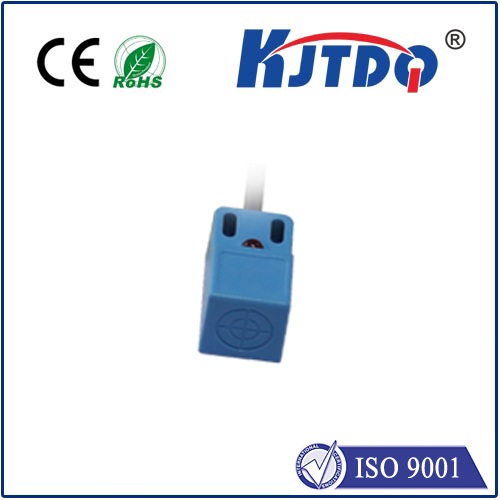PP7551 pressure sensor
- time:2025-09-23 06:41:59
- Click:0
PP7551 Pressure Sensor: Precision Measurement Powerhouse for Demanding Applications
In the intricate world of industrial automation, process control, and fluid power systems, accurate pressure measurement is non-negotiable. It dictates efficiency, safety, and product quality. Among the plethora of sensors available, the PP7551 pressure sensor emerges as a robust, reliable solution designed to deliver performance where it matters most. Whether monitoring hydraulic systems, managing compressor outputs, or ensuring precise chemical dosing, this sensor is engineered to meet the challenge. Let’s delve into what makes the PP7551 a preferred choice for engineers and technicians.
The Core Mission: Translating Pressure into Actionable Data
At its heart, the PP7551 functions like most modern pressure sensors: it converts the mechanical force exerted by a fluid (liquid or gas) into a standardized electrical signal. This crucial translation allows control systems and operators to monitor pressure levels in real-time. Commonly, this involves a sensing element – often a piezoresistive silicon chip or a thin-film strain gauge bonded to a diaphragm. When pressure deforms this diaphragm, it causes minute changes in the electrical resistance of the sensing element. Sophisticated electronics within the PP7551 then amplify and condition this subtle change into a clean, linear output signal, such as 4-20mA, 0-5V, 0-10V, or even digital protocols like I2C or Modbus. This output becomes the universal language understood by PLCs (Programmable Logic Controllers), SCADA systems, and data loggers.
Why PP7551 Stands Out: Key Features and Capabilities

While specific specifications can vary slightly depending on the manufacturer and model variant, the PP7551 series typically embodies several characteristics that define its industrial-grade reputation:
- Robust Construction & Wide Compatibility: Engineered for harsh environments, the PP7551 often features stainless steel wetted parts (like the housing and diaphragm) and robust industrial connectors (M12 or other). This provides excellent resistance to corrosion, vibration, and mechanical stress. Its design prioritizes compatibility with a vast range of media types, including oils, fuels, water, air, and many non-aggressive gases.
- Impressive Accuracy and Stability: Precision is paramount. Typically, PP7551 sensors offer high accuracy (often within ±0.5% Full Scale or better) and excellent long-term stability, meaning readings remain consistent over extended periods, minimizing drift and the need for frequent recalibration.
- Broad Pressure Range Coverage: One of the significant advantages of the PP7551 series is its availability across a very wide range of pressure ratings. You can commonly find variants designed for pressures as low as a few bar/psi up to several hundred or even thousands of bar/psi (e.g., 0…10 bar, 0…100 bar, 0…600 bar). This versatility makes it suitable for diverse low-pressure and high-pressure hydraulic/pneumatic applications.
- Environmental Resilience: Designed to operate reliably beyond the clean confines of a lab, the PP7551 usually boasts a high IP rating (like IP65, IP67, or IP69K), ensuring protection against dust and water ingress. It often has a wide operating temperature range (e.g., -25°C to +85°C or beyond), allowing deployment in demanding thermal conditions.
- Output Flexibility: As mentioned, the sensor frequently provides multiple output signal options (voltage or current analog, sometimes digital). This flexibility allows seamless integration into existing control architectures without complex signal converters.
- Compact & Versatile Mounting: Its compact form factor facilitates installation in space-constrained environments. Standardized threaded process connections (like G 1⁄4”, NPT 1⁄4”, M20x1.5) ensure straightforward integration into hydraulic test benches, manifolds, pipelines, or machinery ports.
Where the PP7551 Excels: Application Spotlight
The combination of durability, accuracy, and range makes the PP7551 pressure sensor incredibly versatile. It’s a common sight in:
- Industrial Hydraulics & Pneumatics: Monitoring pump pressure, cylinder loads, valve block pressures, accumulator status, and system pressure in presses, injection molding machines, and material handling equipment.
- Compressed Air Systems: Ensuring optimal pressure levels in air compressors, dryers, and distribution networks for efficiency and tool performance.
- Process Control & Automation: Regulating pressure in chemical dosing, filtration systems, reactor vessels, and fluid transfer lines within chemical, pharmaceutical, food & beverage, and water treatment plants.
- Test & Measurement Benches: Providing reliable pressure readings during component testing, fluid power system diagnostics, and calibration procedures. Its accuracy makes it a trusted tool for verification.
- Mobile Machinery: Monitoring hydraulic functions in construction equipment (excavators, cranes), agricultural machinery (tractors, harvesters), and material handling vehicles.
- HVAC/R Systems: Pressure monitoring in refrigeration circuits and air handling units.
Optimizing Performance with Your PP7551 Sensor
To leverage the full potential of a PP7551 pressure sensor, consider these best practices:
- Meticulous Installation: Ensure proper tightening torque for the process connection to avoid leaks or damage. Importantly, consider the sensor’s orientation – mounting with the electrical connection pointing downwards can help prevent moisture ingress in the connector. Protect electrical cables from abrasion and excessive bending.
- Media Compatibility Check: Always verify that the sensor’s wetted materials (stainless steel types, seals) are fully compatible with the specific media being measured to prevent corrosion or seal degradation.
- Avoid Pressure Spikes & Overload: While robust, the sensor has a maximum pressure rating. Install pressure snubbers or pulsation dampeners upstream if the application involves significant pressure spikes, water hammer, or pulsations to protect the diaphragm. Ensure the selected range adequately covers the normal operating pressure plus any expected transient peaks, staying well below the overload limit.
- Electrical Protection: Ensure proper grounding and, if necessary, incorporate transient voltage suppressors (TVS diodes) or isolation in the electrical circuit to safeguard the sensor from voltage spikes or electrical noise on the supply lines or signal outputs.
- Regular Verification: Even with high stability, periodic checks against a known reference standard are good practice for critical applications to maintain confidence in the sensor’s accuracy over its service life.
The Reliable Choice for Industrial Pressure Insight
The PP7551 pressure sensor represents a blend of industrial toughness, measurement precision, and application flexibility. Its ability to deliver dependable, accurate pressure data across a wide range of demanding environments makes it an indispensable component in countless systems. By understanding its core capabilities, specifications, and optimal installation practices, engineers can confidently select and deploy the PP7551 to enhance system performance, ensure safety, and maintain control in critical pressure monitoring tasks.








